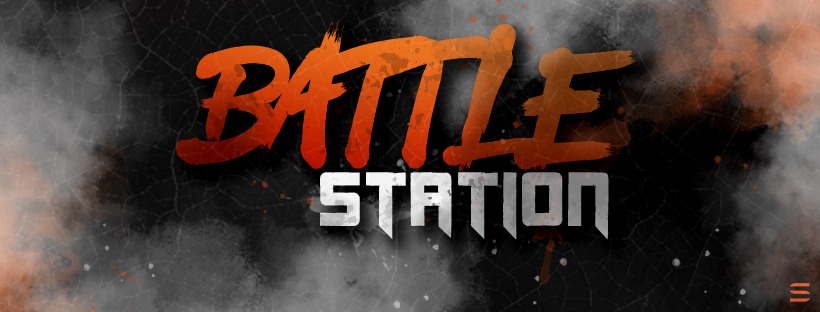What Is the Gap Between Education and Training?
The gap between education and training refers to the mismatch between theoretical knowledge taught in schools or colleges and practical skills required in the workplace. While education focuses on understanding concepts, training emphasizes hands-on experience. This difference often leaves graduates underprepared for the demands of their jobs. For example, a student who excels in engineering theory may lack the practical skills needed to operate industry-specific tools.
Causes of the Gap
Outdated Curriculums:
- Many educational systems fail to update their curriculums to meet industry standards.
The lack of collaboration between educational institutions and industries widens the gap.
Students spend more time in classrooms than in real-world environments.
Practical training is often overlooked due to limited resources or time.
Rapid Industry Changes:
- Industries evolve faster than curriculums can adapt.
Emerging technologies require new skills that many educational programs don’t cover.
- Educational institutions prioritize theoretical knowledge, neglecting hands-on experience.
The gap between education and training affects multiple stakeholders:
Students:
Struggle to find suitable jobs.
Require additional training after graduation.
Employers:
Face difficulty finding qualified candidates.
Spend more on employee training programs.
Economy:
Reduced productivity due to unprepared workers.
Delays in innovation and progress.
Bridging Gaps Between Education and Training
Bridging the gap between education and training involves collaboration between educators, industries, and policymakers. Organizations like EPEE Education work to create solutions that prepare students for the real world.
Solutions to Close the Gap
Integrate Practical Training:
Educational programs should include internships, workshops, and hands-on projects.
Collaboration with industries can ensure students gain relevant experience.
Update Curriculums Regularly:
Courses should align with the latest industry trends.
Institutions must work closely with industry experts.
Promote Lifelong Learning:
Encourage students and professionals to continue learning.
Online courses and certifications can help individuals stay updated.
Soft Skills Development:
Training programs should also focus on communication, teamwork, and problem-solving skills.
Use Technology for Training:
Virtual simulations and e-learning platforms can bridge gaps effectively.
Benefits of Closing the Gap
Better Job Opportunities:
Students equipped with practical skills can find jobs faster.
Enhanced Productivity:
Employers can save time and money on training, leading to improved business outcomes.
Economic Growth:
A skilled workforce contributes to innovation and overall progress.
Improved Confidence:
Individuals with both theoretical and practical knowledge feel more prepared and confident in their roles.
Conclusion
The gap between education and training is a significant issue that requires immediate attention. By integrating hands-on learning, updating curriculums, and promoting industry collaboration, we can bridge this gap. Initiatives like EPEE Education are already making strides in connecting education and industry needs. For a brighter future, we must ensure that every student is not only educated but also trained for success.


